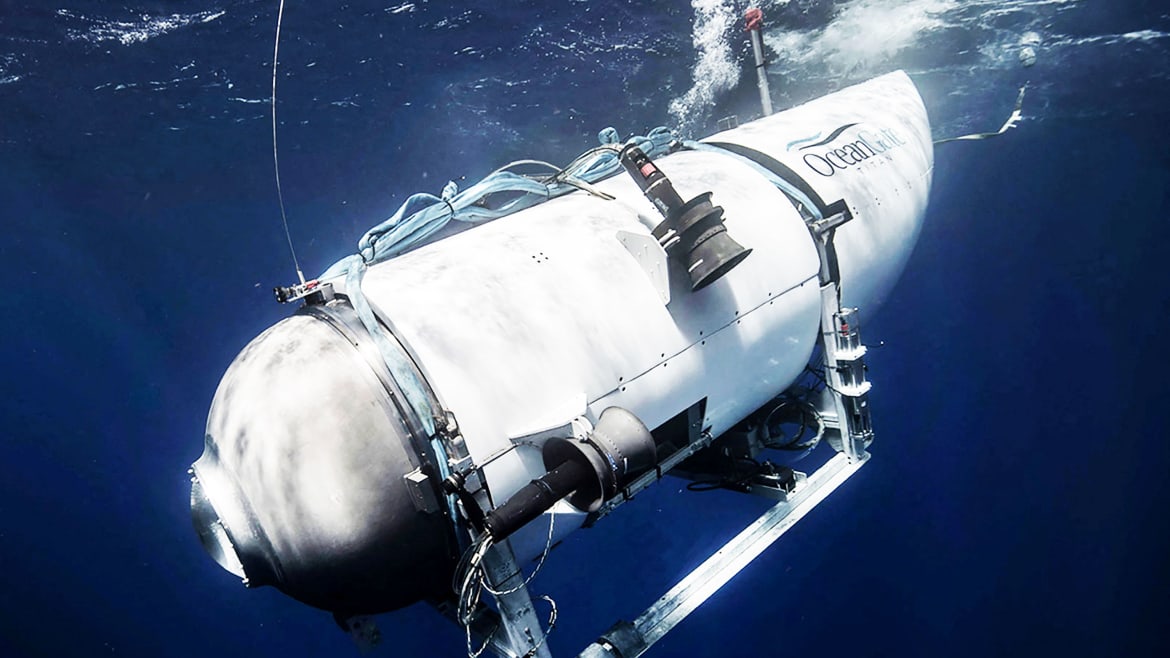Reuters
Search and rescue teams are racing against the clock as they attempt to find a missing submersible and its five-person crew that was slated to explore the wreck of the Titanic nearly 13,000 feet under the North Atlantic on June 18. The U.S. Coast Guard said that the 22-foot-long deep-sea vessel, dubbed the Titan, only has a few days worth of oxygen.
The craft is owned and operated by OceanGate, a private submersible company that offers chartered trips to the wreckage of the Titanic to customers for $250,000 a seat. It set out on its voyage on Sunday morning, but lost contact with its research ship the Polar Prince about 1 hour and 45 minutes into its journey.
Things are looking bleak. Even in the best conditions, voyages on and under the North Atlantic are fraught with the kinds of dangers that the Titanic itself faced including freezing water temperatures, chaotic weather conditions, and surging waves and currents. It’s not helped that the technology that went into building the Titan was experimental, unregulated, risky, and potentially life-threatening. This not only makes diving operations like the one undertaken by the Titan fraught, but it also dangerously complicates search and rescue operations.

